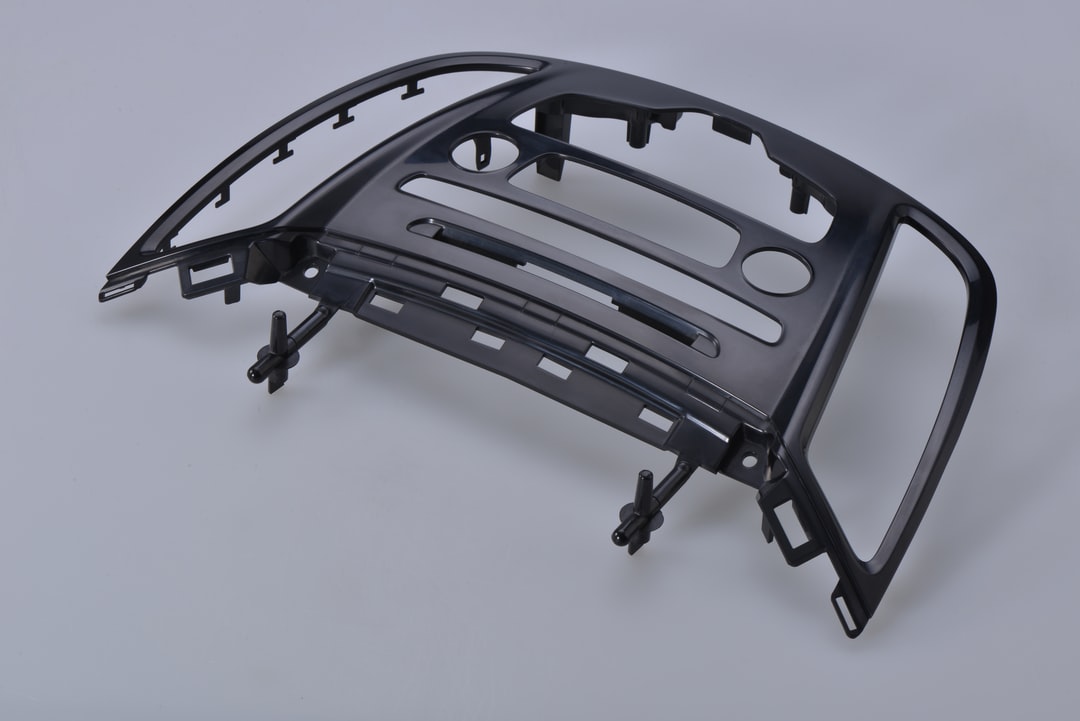
Projections show that the global plastic injection molding market will reach a value of $266.1 billion by 2030.
Plastic injection molding has become a very popular manufacturing technique in a range of industries. It’s efficient and allows for strong, complex parts. But there’s a lot to know about using injection molding effectively.
For seven tips on using plastic injection molding, keep reading.
1. Choose the Right Surface Finish
There are various molding options available, which means you can vary the texture of your finished product. This can be ideal in the automotive industry, as some parts may need a specific texture. You can choose from things like:
- Patterned shapes
- Mirror or lens finish
- Gloss, matte, or satin polish
- Etched with a logo
- More
This can help with further processes such as painting. You can also take advantage of this to improve the grip of a product if need be.
2. Design Parts with Uniformity in Mind
You should keep the thickness of your part constant. Varying the thickness can interfere with the flow during manufacturing. Aim for a wall thickness between 2mm and 3mm for the best results.
3. Include Drafting
With an untextured mold, you should use a draft angle of at least 1°, and at least 3° for a textured surface. This will make it easier to get the part out of the mold without needing to pry it.
4. Use a Radius Wherever You Can
Injection molding isn’t suitable for creating parts with sharp corners. It can cause air to get trapped, which may prevent a part from forming properly. Use rounded edges wherever you can.
Rounded edges also make it easier to remove a part from a mold. If you need to have sharp edges, then other types of molding might be more appropriate.
5. Design from Thick to Thin
Thicker sections will be stronger, which may be needed for some parts. Resin loses pressure and cools as it flows through a mold. This means that a part might form incorrectly if the resin is flowing from a thin section to a thick one.
Designing from thick to thin is the best way to ensure the mold is completely filled and the part comes out right.
6. Decide on Acceptable Defaults
Because injection molding involves molding two parts and then joining them, products will often have a parting line. Other defects can appear depending on the specifications of the part being formed.
Advanced molding techniques can reduce the number of defects, but parts are unlikely to be perfect. Determine what defects are acceptable, and design based on what you can work with.
7. Use Rapid Prototyping
Within the automotive industry, a lot of testing needs to be done to ensure parts are fit for purpose. With rapid prototyping, you can easily produce and assess parts, then make changes as needed.
Using Plastic Injection Molding
Plastic injection molding offers a lot of benefits, and when done right, can produce suitable parts quickly and inexpensively. Make sure you’re aware of the best practices, as well as the limitations, and design based around those.
Nova Stevensville is a leading producer of plastic components based in Stevensville, MI. We’re capable of molding, assembling, painting, sequencing, and more. If you have any questions about our services, click here to contact us today.
